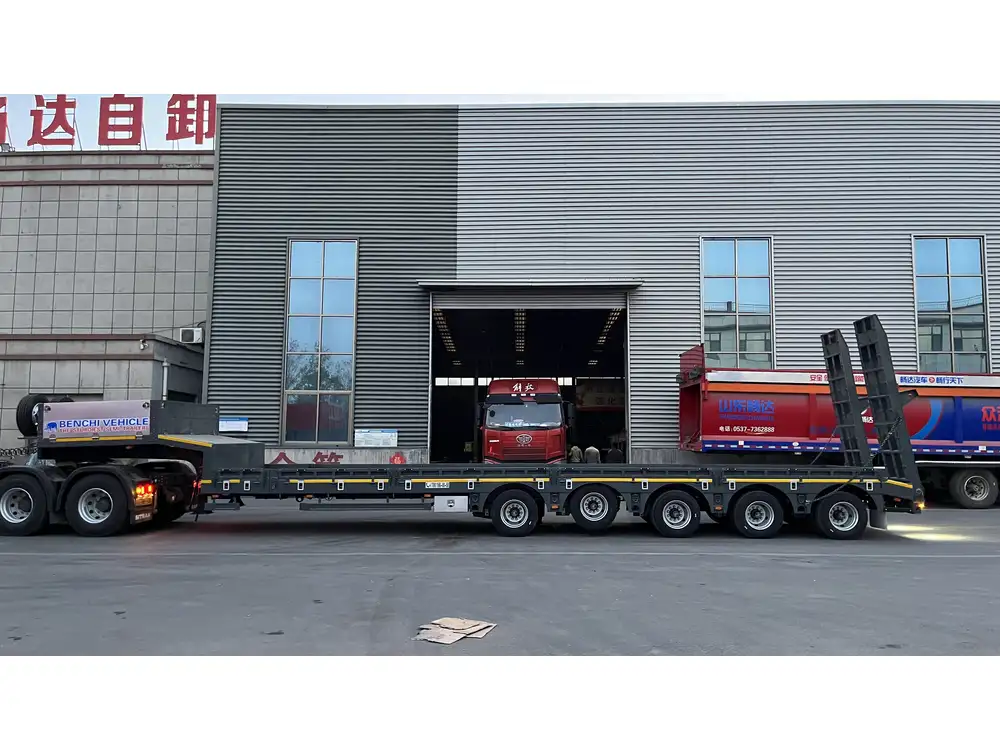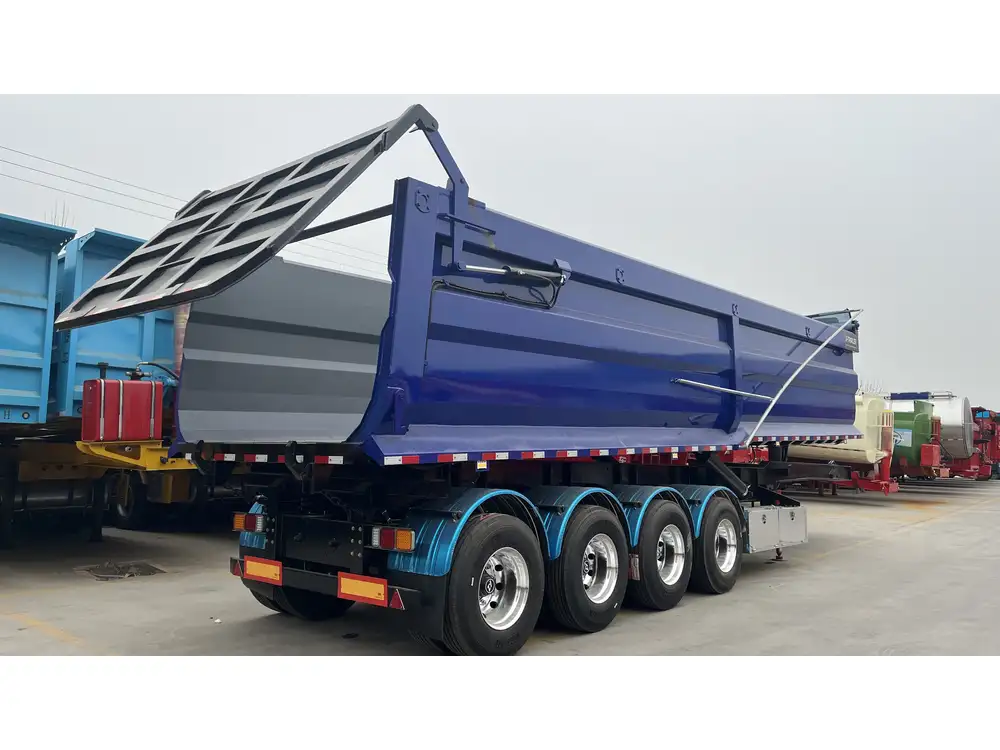Transporting coils on flatbed trailers demands an understanding of weight distribution, load security, and compliance with safety standards. This article aims to provide in-depth insights into optimal coil placement strategies, thereby enhancing safety and efficiency during transportation.
Understanding Coil Transportation
When transporting coils—be it steel, aluminum, or any other metal—proper placement is vital. Coils can vary in size, weight, and type, which necessitates a tailored approach to loading. Inappropriate placement can lead to unbalanced loads, increasing the risk of accidents and damage during transit.
Key Considerations for Loading Coils
Weight Distribution:
- Aim for even weight distribution across the trailer.
- Keep the center of gravity low to improve stability.
Compliance and Regulations:
- Adhere to local and federal transportation regulations regarding load security.
- Ensure the trailer’s weight doesn’t exceed legal limits.
Type of Coil:
- The coil’s type and diameter can impact loading strategies. Larger coils will require different placement compared to smaller ones.
Load Security:
- Secure coils properly using straps, chains, and edge protectors.
- Employ tight binding techniques to prevent shifting during transit.

Optimal Placement of Coils on Flatbed Trailers
Placement can significantly affect the handling characteristics of the trailer. Follow these guidelines for effective coil placement:
1. Center of Gravity Considerations
Low Center of Gravity: When placing coils, position the heaviest coils closer to the trailer’s axle for a lower center of gravity. This minimizes the risk of tipping and enhances overall stability.
Weight Zones: Understand the weight zones of your trailer. The center of the trailer is ideal for heavy coils, while lighter coils can be placed toward the front or rear, as long as the weight is evenly distributed.
2. Using Multiple Layers

Layering Technique
Single Layer: For smaller loads, single-layer stacking is preferable, ensuring the weight is distributed and easy to secure.
Double Layer: If transporting multiple coils, double stacking can be efficient. Ensure that the base layer coils are robust enough to support the upper layers without deforming.
3. Optimal Coil Placement Techniques
| Coil Type | Recommended Placement Location | Additional Considerations |
|---|---|---|
| Steel Coils | Center of the trailer | Utilize edge protectors and at least four tie-downs. |
| Aluminum Coils | Rear and front sections | Ensure the coils are cradled and secured to prevent slipping. |
| Plastic Coils | Toward the front | Lightweight materials allow for flexibility in placement but still require secure fastening. |
4. Securing Coils Effectively
Properly securing coils is as important as placement. Below are key methods to ensure coils remain safe during transportation:

Tie-Down Techniques
Ratchet Straps: Employ heavy-duty ratchet straps to secure the coils tightly. Rated for at least three times the weight of the coils, these straps help keep the load in place.
Chain Binders: For larger and heavier coils, use chain binders. This method allows for greater tension and minimizes the risk of shifting.
Edge Protectors: Prevent strap damage to coils by utilizing edge protectors. These devices distribute the force evenly and enhance security.
Load Locks
- Utilize load locks to create barriers against coil movement. These locks, installed against the coils, provide additional stabilization.
Safety Measures During Transit

Compliance with Safety Standards
Regularly check that all loading and security measures meet state and federal safety regulations. Failure to comply can lead to fines and increased liability in case of an accident.
Consistent Inspection
Conduct inspections before and during transit. Ensure that:
- Coils remain secure and do not shift.
- Tie-downs are intact and effective.
- No damage has occurred that would compromise safety.
Handling Coil Transportation Challenges

Common Issues
Several challenges may arise during coil transportation. Below are a few common issues and mitigation strategies:
| Issue | Mitigation Strategy |
|---|---|
| Shifting Loads | Regular inspection and adjustments during transit. |
| Overloading | Calculate the total weight and ensure compliance. |
| Haul Route Challenges | Plan routes that accommodate trailer height and weight. |
Emergency Procedures
In the event of a shifting load or accident, ensure that all drivers are trained in emergency procedures. This includes:
- Pulling over safely to assess damage.
- Contacting the relevant authorities if necessary.
- Implementing checkpoint stops for inspection.
Conclusion: Efficient and Safe Coil Transportation
In summary, knowing where to put coils on a flatbed trailer is crucial for successful and safe transportation. Proper coil placement not only ensures compliance with regulations but also promotes vehicle stability. By understanding weight distribution principles, securing loads effectively, and conducting regular inspections, you can navigate the complexities of coil transportation with confidence.

Additional Resources
For further reading, consider consulting the following resources:
- North American Cargo Securement Standards
- Flatbed Trailer Handbook
- Heavy Haul Transportation Guidelines
By adhering to these guidelines and leveraging the strategies outlined in this comprehensive guide, you will improve safety and efficiency in coil transportation on flatbed trailers. Your diligence in proper placement and securement not only safeguards your cargo but also enhances the reputation of your transportation services.



